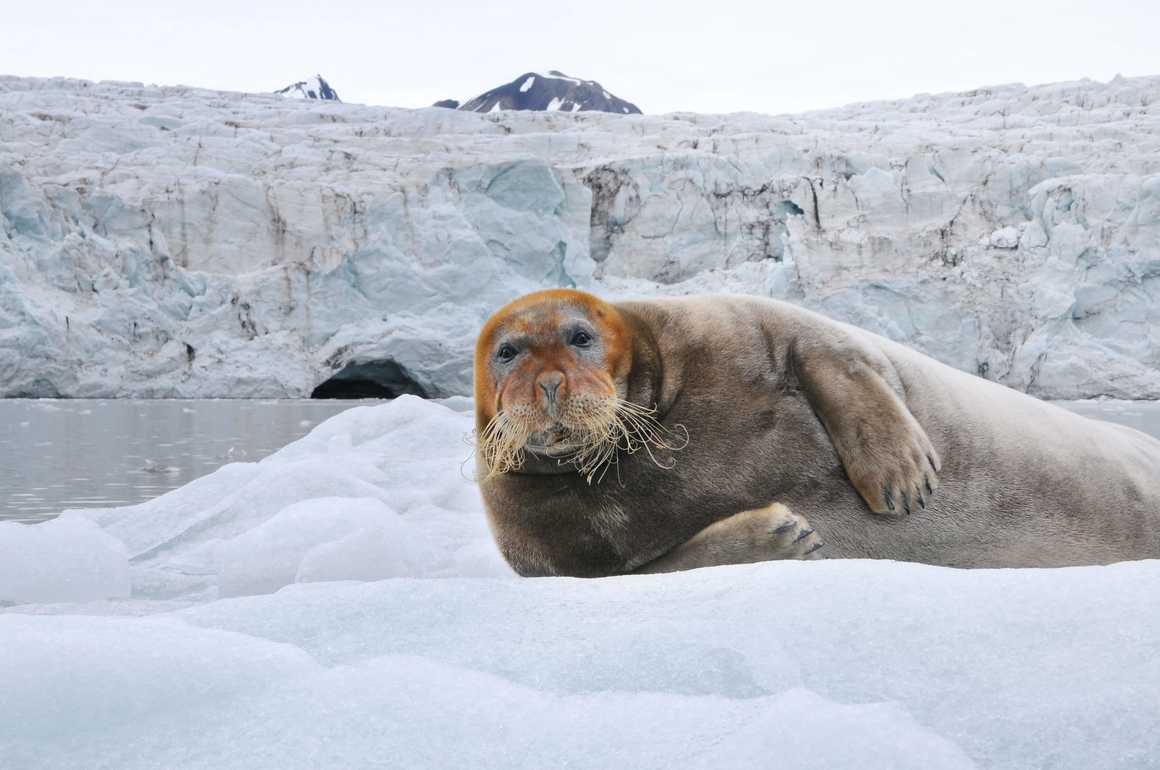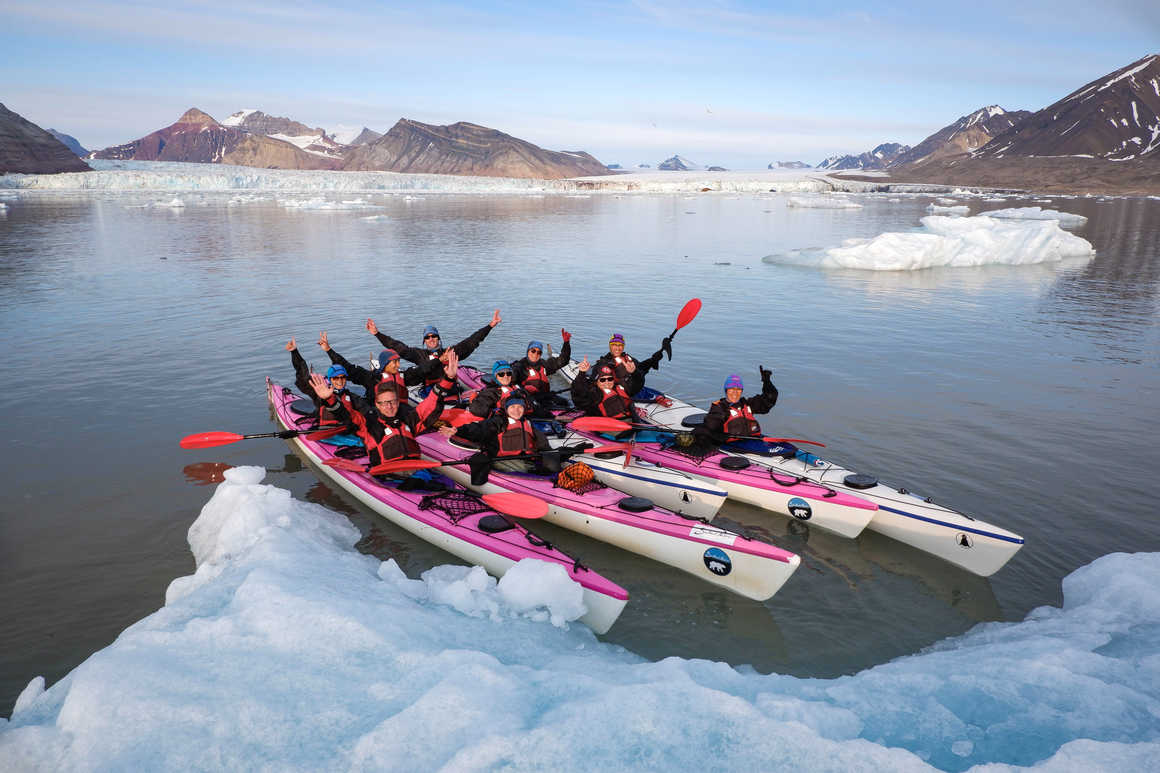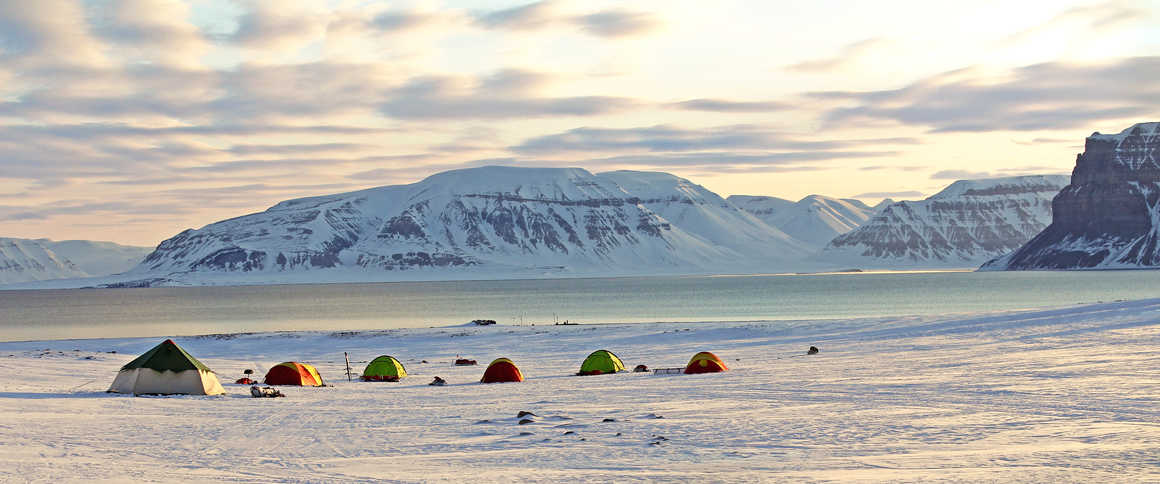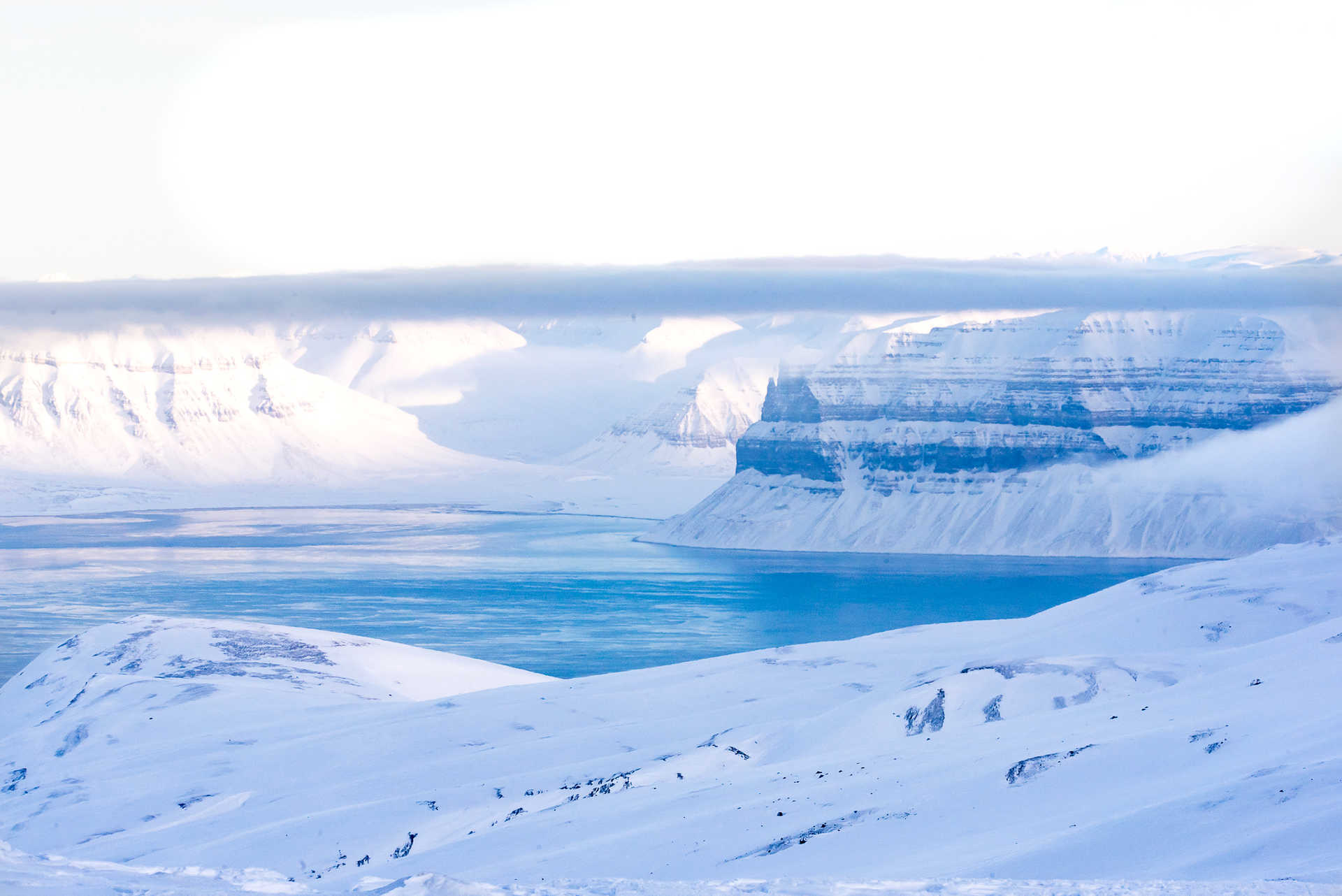where is svalbard?
Svalbard is an arctic archipelago north of Norway and part
of the Kingdom of Norway. This collection of islands is one of the most
northerly inhabited places on earth. Svalbard is approximately 500 miles from
the North Pole and is within the Arctic Circle line of latitude. The most
northern town in the world is Longyearbyen which is the largest town in
Svalbard and is 650 miles from the North Pole.
getting to svalbard
Flights to Svalbard fly into Longyearbyen, the most northern airport in the world, the main town and most populated place in Svalbard. SAS Airlines and Norwegian Airlines are the only carriers to fly into
Svalbard and you must catch a flight from Oslo, Copenhagen or Stockholm first. The
plane will usually touch down in Tromsø in northern Norway on the way to
Longyearbyen and sometimes you may be asked to disembark.
The great thing about flying to Svalbard is that there are
no customs here, so you literally just grab your bags and go.
Accommodation in Svalbard
Accommodation in Svalbard is limited. Hotels in Svalbard are
mostly in Longyearbyen but there is a hotel at the more northern abandoned soviet
mining village of Pyramiden. Trips to Svalbard will usually include local
accommodation and if you travel out of Longyearbyen you may find yourselves
wild camping or camping in temporary tour camps on the ice. This remote
destination is not for the faint hearted however, those intrepid explorers
amongst you will appreciate the stark tundra, lack of network coverage and
unrivalled arctic scenery.
Interestingly people in Svalbard don’t lock their doors in
case a hungry polar bear wanders into the town, ensuring anyone outside has the
chance to seek refuge. Scary stuff.
Weather in Svalbard
The average Svalbard temperature is actually surprising. In
winter it can get below -30 degrees but in summer averages 6 degrees thanks
in large part to the Gulf Stream flowing past the shores. Without the warm
passing currents Svalbard may well be just one large floating ice sheet.
As with many arctic destinations, this fascinating place
enjoys the midnight sun for 3 months of the year in summer and the long night
for 3 months in winter. The sun doesn’t actually set for 5 months from April to
August which can be disconcerting for visitors and sleep masks are a must.
Due to the dry climate here, the nights can be clear and
crisp giving you an excellent chance of seeing the Svalbard Northern Lights
from November to January.
Wildlife in Svalbard
Whilst Svalbard is mostly ice, snow, tundra, glacier and
water you’d think that there may not be much surviving out here but there is a
surprising amount of wildlife making their home on this collection of islands.
Most notably are the polar bears, where it is infamously rumoured that there
are more polar bears than people here. Polar bears are best avoided where possible, but it is
possible to spot them from time to time. In addition to polar bears, in
Svalbard you’ll find arctic foxes, reindeer, whales, walrus and seals and
plenty of birdlife.
As spring begins more and more whales appear in the waters
around Svalbard. Humpback whales, fin whales, minke whales and beluga whales have
all been spotted in the rich waters and many calf here too, although mortality
rates are high. Arctic terns, guillemots and other arctic seabirds can be seen
around the islands of Svalbard and attract the arctic foxes who come to prey on
them.
Things to do in Svalbard
Svalbard offers plenty to do for explorers. Take a boat trip
or go paddling amongst the glaciers and enjoy Svalbard from the water. Always
go with an organised trip as your guide will carry a gun for safety against
polar bears.
There are multiple museums in Svalbard showcasing the varied
history of this arctic region. Check out the Svalbard Museum or the North Pole
Expedition Museum in Longyearbyen, which give visitors an insight into the
history of Svalbard.
Dog sledding, skiing and cross-country skiing are also popular pursuits
you can try whilst you’re here. You can also take time to explore with a
Svalbard tour where you can discover ice caves, glacier treks, tundra hiking
and wild camping on the ice. Always take trips out of the towns with a guide
who will ensure that you are safe and the environment is treated respectfully
as much of Svalbard is dedicated as protected nature reserves.
Did you know ...
The Svalbard Global Seed Vault is here
The Norwegian Ministry of Food and Agriculture manage the
Global Seed Vault on Svalbard which was opened in 2008 after extensive research
into its viability. It currently stores over a million seed varieties from all
over the world, mainly food crops such as wheat, rice and beans, and has seed
deposits in from countries all over the world. The seed deposits remain the
property of the nation that stores them there and it is hoped that in the event
of a catastrophic global disaster, this seed bank will help sustain human life
on earth. It was built in Svalbard deep underground to provide optimum
conditions for storing seeds for centuries to come.
there are lots of Polar bears in Svalbard
It is rumoured that there are more polar bears than people
in Svalbard. While this might once have been true, a survey in 2015 found that
there were only around 1000 polar bears in Norway with less than 300 in
Svalbard. This means that there are actually close to 10 people for every polar
bear. As an endangered species, it is prohibited to kill a polar bear unless
threatened. If spotted, it is recommended to keep a healthy distance and high
tail it out of there as soon as possible. Polar bears can weigh from 200 –
800kg and if they confront you for food, you’ll most likely come off worse!
the population is super Diverse
With approximately 3,000 residents in Svalbard from over 50
different countries, this arctic
archipelago has one of the most diverse populations on the planet!
Svalbard is a Desert
Technically, the conditions on Svalbard are as dry as the
Sahara, making it a type of desert. Known as an arctic desert, Svalbard enjoys
little precipitation and nearly no humidity. Who knew!?
There are only 25 miles of road
For a place with a land mass smaller than Ireland, there are
only 25 miles of surfaced road on Svalbard. To get from one settlement to
another you need to travel by either snowmobile or boat!
Hopefully if you were interested in Svalbard visit before
you read this you’re
positively salivating at this point. Check out our Kandoo Adventures Svalbard
tours as we have a trip to suit everyone, whatever you’re into.














